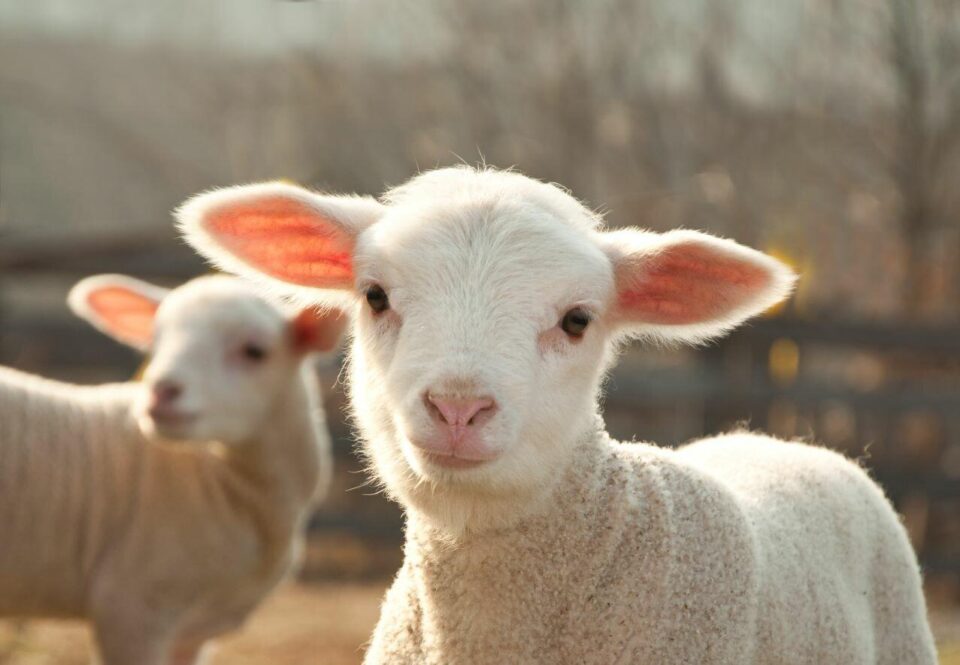The Five Point Check system, an evolution of the FAMACHA chart developed in the 1990s by South African veterinarians Dr Faffa Malan, Prof Gareth Bath, and Prof Jan van Wyk, offers farmers a practical method to identify parasite issues in sheep and goats while reducing unnecessary treatments. FAMACHA initially helped farmers detect anemia caused by wireworm (barber’s pole worm) by comparing the color of the animal’s eye mucous membrane to a chart, allowing selective treatment only for animals that needed it. Building on this, the Five Point Check expands the evaluation to the eyes, nose, jaw, tail, and body condition, enabling farmers to spot a wider range of parasitic and health issues and apply treatments more precisely.
The system works by assessing visible signs of infestation: pale eye membranes indicate anemia, nasal discharge may signal lungworm or pneumonia, swelling in the jaw (“bottle jaw”) can point to wireworm or liver fluke, tail soiling may reflect various intestinal parasites, and poor body condition signals general parasite burden. While primarily focused on internal parasites, farmers are reminded that other factors like nutritional deficiencies, diseases, or environmental stressors can also influence these signs, and veterinary consultation is recommended for accurate diagnosis.
Malan advises checking flocks regularly, particularly lambs, pregnant, or lactating ewes, every two to three weeks during high-risk periods and weekly at peak worm season. For larger flocks, sampling a smaller group of animals can provide an overview, but if several animals show signs of infestation, a whole-flock check or treatment may be necessary. Treated animals should be marked to track treatment frequency, highlighting individuals that require repeated interventions; removing persistently weak animals strengthens the flock over time.
A key principle in parasite management is refugia, which involves leaving a portion of the worm population untreated to dilute resistant worms. This slows the development of drug resistance, as only some worms are exposed to treatment. Maintaining refugia requires careful selective treatment, returning treated animals to already contaminated pastures, and avoiding unnecessary whole-flock dosing.
Grazing management also plays a vital role. Rotating animals between pastures, alternating species, resting camps, and considering pasture type and condition can reduce parasite exposure. Short or heavily grazed pastures and wet, marshy areas favor parasite survival, while herb-rich or rested pastures reduce risk. Farmers should also monitor nutrition, stress, and general health, take dung samples to assess pasture contamination, and quarantine new animals to prevent introducing drug-resistant parasites.
Malan emphasizes that smart parasite control combines monitoring, selective treatment, grazing management, and veterinary guidance. By using the Five Point Check system effectively, farmers can reduce costs, preserve the effectiveness of anthelmintics, protect animal health, and build more resilient flocks over time.



